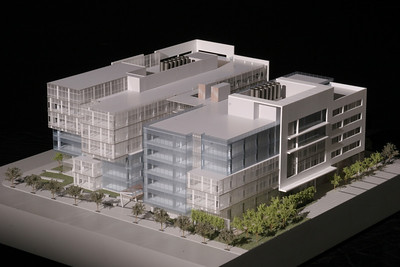
Architectural models: legacy and critical perspectives

Architectural models have a long-standing legacy in the field of architecture, serving as essential design and communication tools throughout history. Despite advancements in digital technology, physical models continue to play a significant role in the design process. Here, we discuss the legacy of architectural models and critical perspectives on their importance:
Legacy of Architectural Models:
- Historical Use: Architectural models have been used for centuries, with examples dating back to ancient civilizations, such as Egypt, Greece, and Rome. They have served as design tools, teaching aids, and records of architectural achievements.
- Education and Training: Architectural models have been integral to architectural education, helping students develop design skills, understand spatial relationships, and learn about construction techniques and materials.
- Master Builders: In the past, master builders and architects would use models to communicate their designs to craftsmen and laborers, ensuring that everyone involved in the construction process understood the intended outcome.
- Public Display: Architectural models have been displayed in exhibitions, museums, and other public spaces, showcasing the creative achievements of architects and designers, as well as promoting public understanding and appreciation of architecture.
Critical Perspectives:
- Digital Revolution: The advent of digital technology has led to the development of advanced visualization techniques, such as 3D rendering and virtual reality, which can simulate architectural spaces with exceptional accuracy. Some argue that these technologies have diminished the importance of physical models.
- Time and Resource Intensive: Critics argue that physical model making can be time-consuming and resource-intensive, especially when compared to digital modeling techniques that allow for rapid iteration and modifications.
- Environmental Impact: The use of materials in physical model making has been criticized for its potential environmental impact, with some questioning the sustainability of producing disposable models.
- Material Limitations: While architectural models attempt to represent the design as accurately as possible, they often cannot capture the full range of materials, textures, and finishes that will be used in the final construction.
Despite these critical perspectives, architectural models continue to hold value in the design process, offering tangible visualization, effective communication, and fostering collaboration. The combination of traditional craftsmanship and modern technology creates a more holistic understanding of architectural projects, ensuring their success and longevity. Thus, architectural models remain relevant, with their legacy and critical perspectives contributing to an ongoing dialogue about their role in architectural practice.




0 comentarios
Escribe un comentario